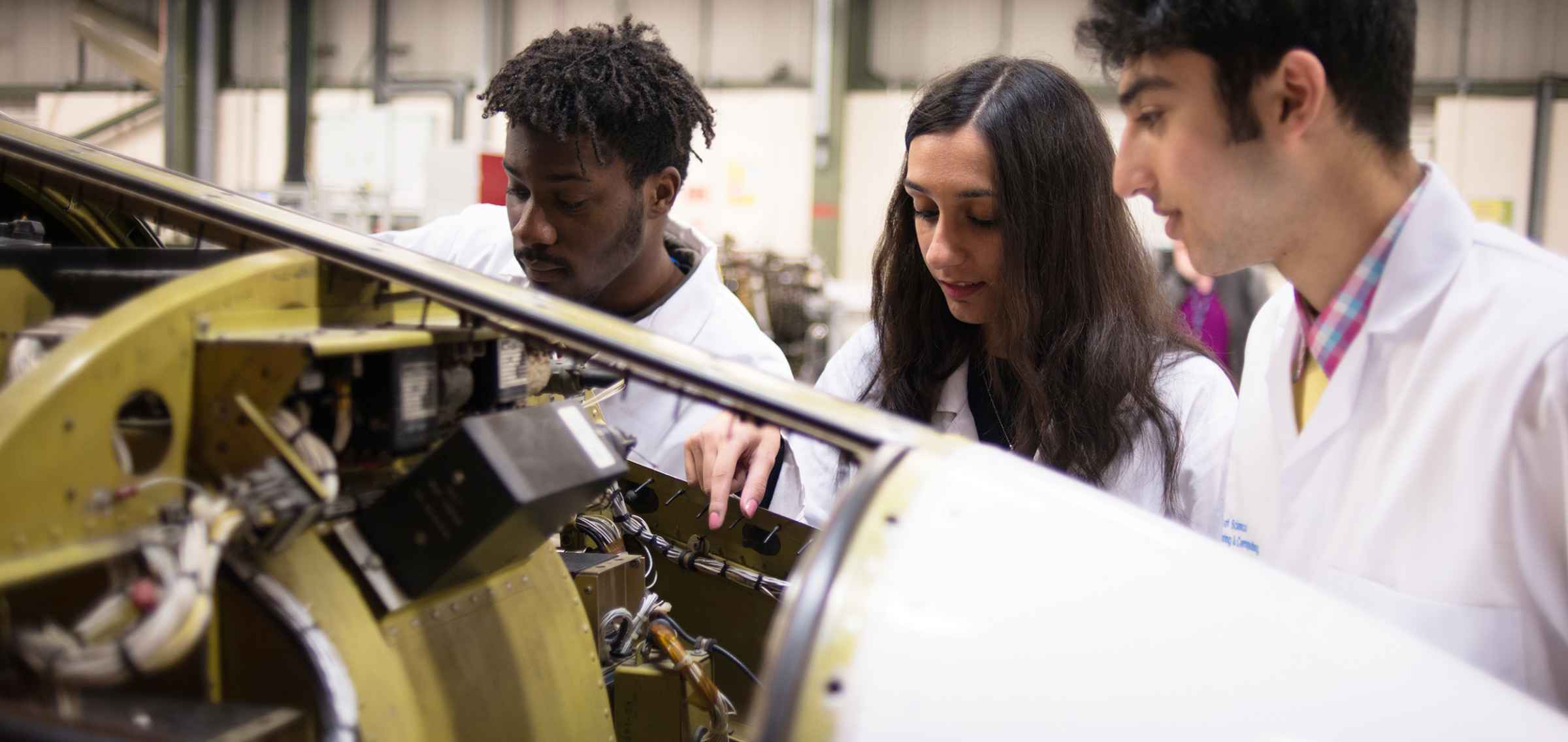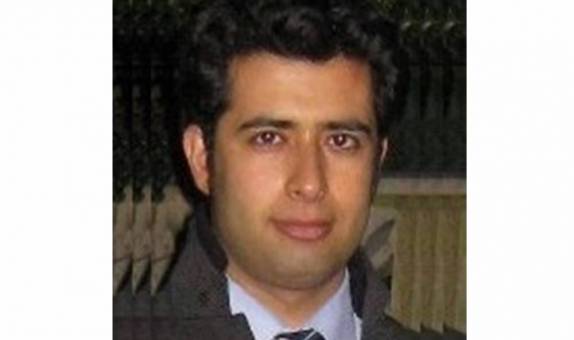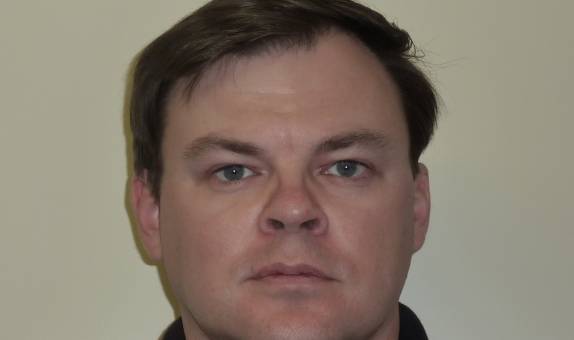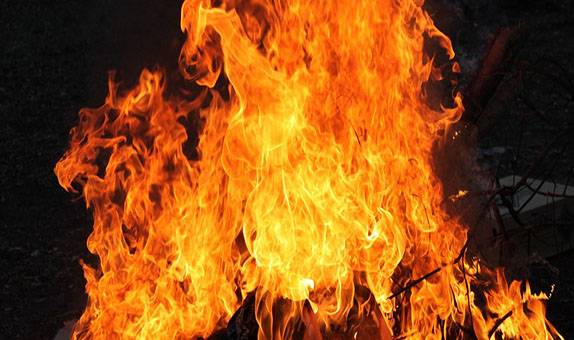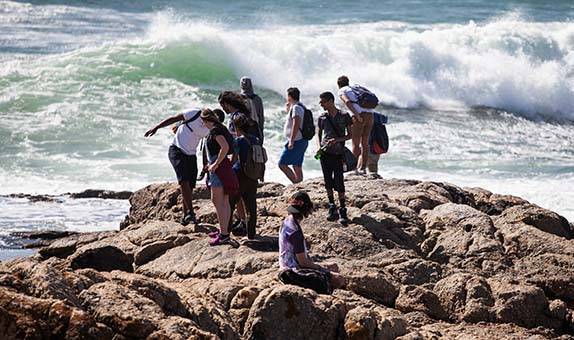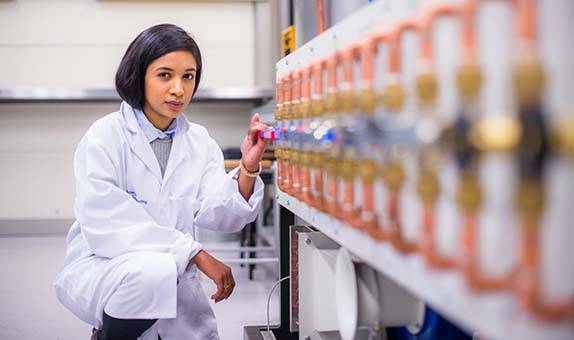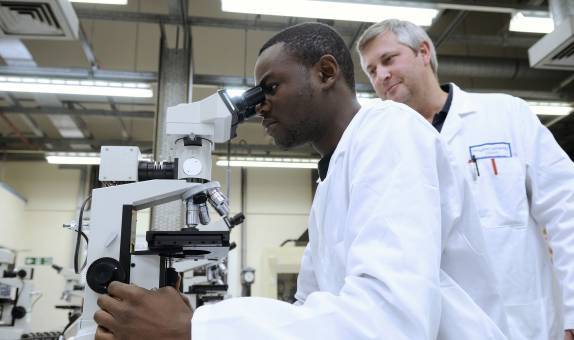RAD-FIRE research project
The use of performance-based fire safety engineering which relies on fire modelling is seen as a good step to reduce human and financial losses due to fires. Thermal radiation is the most dominant mode of heat transfer in fires and its rigorous and efficient modelling is therefore critical for the reliability of fire safety codes.
Current computational methods in fire modelling and fire suppression suffer from the main following drawbacks:
- They use the optically gray Planck mean radiative properties of the composite medium, which are too crude to describe the real spectral behaviour of thermal radiation.
- The angular dependence of the radiation intensity is usually approximated with too many details without accounting for the real radiation field.
- The computational mesh taken from the Computational Fluid Dynamics (CFD) part of the general fire code is too detailed and not appropriate for radiative transfer calculations.
- The computational requirements for current fire CFD codes are prohibitive and this is an obstacle.
The project RAD-FIRE aims to improve the current modelling strategies of radiative heat transfer in fires and in fire suppression by water sprays where the interaction between fires and water droplets should be taken into account. RAD-FIRE will lead to the development of simplified radiative approaches which retain the physics and significantly reduce the computational time to be suitable for CFD codes.
The project RAD-FIRE is funded by the European Commission's Horizon 2020 Research and innovation programme H2020-MSCA-IF-2016 under grant agreement NUMBER 749220.

Overview
RAD-FIRE is funded under the European Commission's MARIE Sklodowska-CURIE (Actions (MSCA) Individual Fellowship (H2020-MSCA-IF-2016), starting 1 September 2017 for 18 months duration.
The project is led and coordinated by Dr Siaka Dembele (Principal Investigator), associate professor at Kingston University.
The Experienced Researcher (Fellow) working on RAD-FIRE is Dr Leonid Dombrovsky, Chief Researcher at the Joint Institute for High Temperatures of the Russian Academy of Science, Moscow.
The co-investigators of the project are Drs. K. Volkov and A. Heidari (Kingston University) and Professor J. Wen (University of Warwick)
Challenge
Fire modelling is a challenging interdisciplinary task involving fluid dynamics, combustion, chemistry, heat and mass transfer, and turbulence phenomena. Due to the high temperature encountered in fires and significant emissivity of combustion products, thermal radiation is the dominant mode of heat transfer and its rigorous and efficient modelling, which is the scope of the present proposal RAD-FIRE, is critical to the reliability of fire safety codes.
The main goal of RAD-FIRE is to improve the modelling strategies of radiative heat transfer in fires and fire suppression by water sprays for implementation in CFD codes. The key deliverable of the project will be validated efficient radiation models, suitable for use for CFD fire applications.
RAD-FIRE Project Information
- Project reference: 749220
- Start date: 1 September 2017
- End date: 28 February 2019
- Duration: 18 months
- Project funding: €146 591
- Programme type: Horizon 2020
- Programme acronym: H2020-MSCA-IF-2016
News
RAD-Fire conference presentations
The RAD FIRE team will give two conference presentations respectively at the 16th International Heat Transfer Conference (Beijing, August 10 - 15, 2018) and the 18th International Water Mist Conference IWMC 2018 (19 - 20 September 2018).
RAD-Fire Research Seminar/Workshop
You are cordially invited to the 1st RAD-FIRE research Seminar on Wednesday 14 February 1.00pm at Kingston University, London, Roehampton Vale campus, Room RVHW205. Dr Leonid Dombrovsky, Research Fellow on RAD-FIRE will give a talk on Laser and thermal radiation in disperse systems.
Dr Leonid Dombrovsky joins the University
Chief Researcher at the Joint Institute for High Temperatures of the Russian Academy of Science (Moscow) joined Kingston University, on 1 September 2017 to start his fellowship on the RAD-FIRE project. We would like to welcome Leonid to the team!
Publications and deliverables
Dombrovsky, Leonid A., Dembele, Siaka, Wen, Jennifer X, and Sikic, Ivan. Two-step method for radiative transfer calculations in a developing pool fire at the initial stage of its suppression by a water spray. International Journal of Heat and Mass Transfer 127 (2018) 717-726. Open Access URL: https://doi.org/10.1016/j.ijheatmasstransfer.2018.07.095
Dombrovsky, Leonid A., Dembele, Siaka and Wen, Jennifer X. (2018) An infrared scattering by evaporating droplets at the initial stage of a pool fire suppression by water sprays. Infrared Physics & Technology, 91, pp. 55-62. ISSN (print) 1350-4495. Open Access: Official URL: https://doi.org/10.1016/j.infrared.2018.03.027
Dombrovsky, Leonid, Dembele, Siaka, Wen, Jennifer X. and Sikic, Ivan (2018) Suppression of pool fires by water sprays: the effect of light scattering by evaporating droplets. In: Eurotherm Seminar No. 110 Computational Thermal Regulation in Participating Media VI; 11 - 13 Apr 2018, Cascais, Portugal. Open Access Kingston University Repository: URI: http://eprints.kingston.ac.uk/id/eprint/40953
Dombrovsky, Leonid, Dembele, Siaka, Wen, Jennifer X. and Sikic, Ivan (2018) Two-step iterative method for radiative transfer calculations in axisymmetric flames containing absorbing and scattering particles. In: 16th International Heat Transfer Conference; 10 - 15 Aug 2018, Beijing, China. Open Access Kingston University Repository: URI: http://eprints.kingston.ac.uk/id/eprint/42322
Data management RAD-FIRE
One of the main objectives of RAD-FIRE was the development of an efficient radiative heat transfer model suitable for CFD (Computational Fluid Dynamics) applications in fire studies. A two-step radiative heat transfer model based on the P1 method was successfully developed and applied to some fire scenarios in the project; the related validation results were presented in the open access scientific publications (see Publication and Deliverables section).
The purpose of making the validation/verification data available is to help other researchers who intend to use the P1 method, to verify their simulations results with sample radiant calculations in pool fires.
The file Input Data.dat containing typical data for the independently calculated fields of combustion gas parameters, for verification. In the file raw Output Raw Data.data, the first column is the axial coordinate x, the second column is the radial coordinate r, and the third column is the plotted function of radiant heat distribution.
The computer program developed during the project, and based on the P1 model was used in the calculations. This computer radiation code developed in Fortran is accessible by request to Dr Siaka Dembele, email s.dembele@kingston.ac.uk
